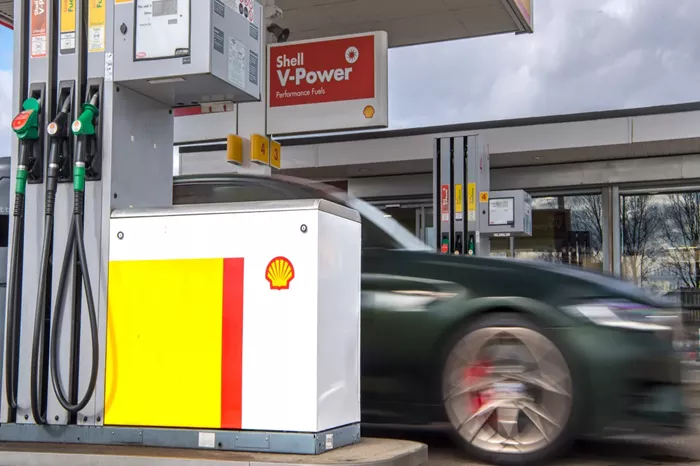High octane fuel plays a crucial role in modern internal combustion engines, particularly those designed for high-performance vehicles and efficiency. Understanding the production process of high octane fuel involves delving into the intricate chemistry and refining techniques that transform crude oil into a specialized product. This article explores the journey from crude oil to high octane fuel, highlighting key processes, technologies, and considerations involved in its production.
Introduction to High Octane Fuel
High octane fuel is defined by its ability to resist knocking in engines with high compression ratios, which is critical for achieving optimal performance without damaging the engine. The octane rating, measured through research octane number (RON) and motor octane number (MON), determines the fuel’s resistance to premature ignition under pressure. The higher the octane rating, the more resistant the fuel is to knocking.
Crude Oil: The Starting Point
The journey to high octane fuel begins with crude oil, a complex mixture of hydrocarbons varying in structure and composition. Crude oil is extracted from the earth and transported to refineries for processing. At refineries, crude oil undergoes several crucial steps to separate it into various components, including the fractions that will eventually become high octane fuel.
Refining Process: From Crude Oil to Hydrocarbon Fractions
Distillation: The first step in refining crude oil involves distillation, where the oil is heated in a furnace and then passed into a distillation tower. Different hydrocarbons boil at different temperatures, allowing them to be separated into fractions such as gasoline, diesel, kerosene, and heavier components like lubricating oils and bitumen.
Cracking: Once separated, heavier fractions undergo cracking processes to break larger hydrocarbon molecules into smaller, more useful ones. This can involve thermal cracking, catalytic cracking, or hydrocracking, each designed to maximize the yield of desirable products like gasoline.
Production of High Octane Components
Isomerization: One method to increase the octane rating of gasoline is through isomerization, where straight-chain hydrocarbons are converted into branched-chain isomers. Branched-chain hydrocarbons have higher octane ratings because they burn more smoothly and are less prone to knocking.
Alkylation: Alkylation involves combining smaller molecules, such as olefins and isobutane, to produce larger, branched-chain molecules that improve the octane rating of gasoline. This process is particularly important for blending high octane fuel components.
Blending and Additives
Once the desired high octane components are produced, they are blended together with other gasoline components to achieve the final octane rating required by the market. This blending process is crucial for meeting regulatory requirements and ensuring optimal engine performance.
See also: How Much Petrol Can Be Made From A Barrel Of Oil?
Quality Control and Testing
Throughout the production process, rigorous quality control measures are implemented to ensure that the final high octane fuel meets specifications for performance, safety, and environmental standards. Testing procedures include octane rating tests, distillation tests, and analysis of chemical composition to verify consistency and quality.
Environmental Considerations
The production of high octane fuel also intersects with environmental considerations. Refineries are increasingly focused on reducing emissions and improving energy efficiency through advanced technologies and cleaner production processes. Efforts to minimize the environmental impact of refining operations include carbon capture and storage (CCS) initiatives and the use of renewable feedstocks.
Technological Innovations in High Octane Fuel Production
Advancements in refining technologies and catalyst development continue to drive improvements in high octane fuel production. Innovations such as fluid catalytic cracking (FCC) units, isomerization reactors, and advanced blending techniques enable refineries to optimize production efficiency and meet evolving market demands for cleaner, more efficient fuels.
Future Trends and Challenges
Looking ahead, the future of high octane fuel production will likely be shaped by trends in automotive technology, regulatory requirements, and consumer preferences for performance and sustainability. Challenges such as fluctuating crude oil prices, regulatory compliance costs, and the need for continuous innovation will influence how refineries produce and distribute high octane fuel in the years to come.
Conclusion
In conclusion, the production of high octane fuel involves a sophisticated process that begins with crude oil and utilizes advanced refining techniques to enhance fuel performance and efficiency. From distillation and cracking to isomerization and blending, each step contributes to creating a product that meets stringent quality standards and supports optimal engine operation. As technologies evolve and environmental considerations become increasingly important, refineries continue to innovate in order to produce high octane fuel that meets the demands of a changing world.
Related topics:

